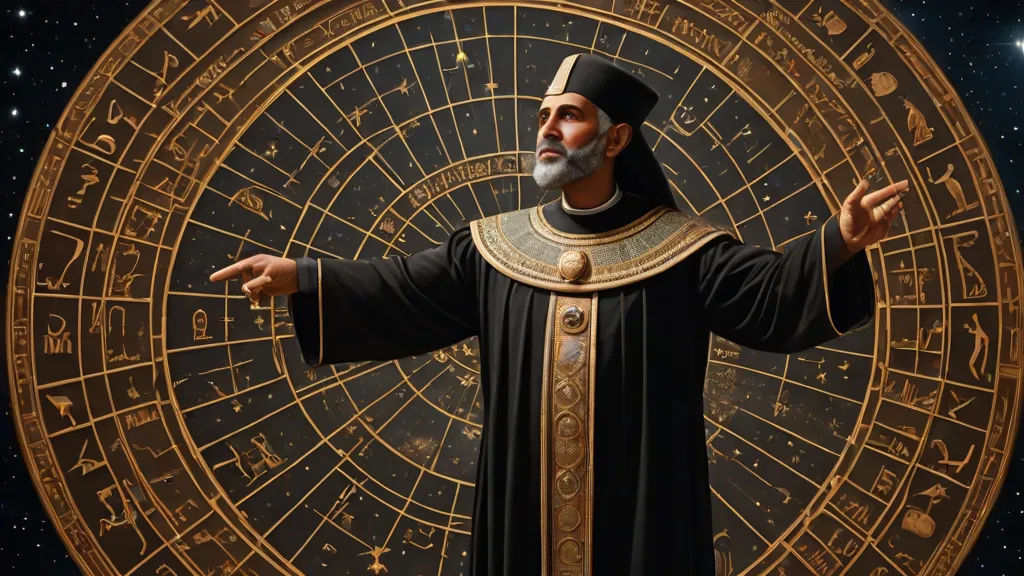
The Twelve Principles of Time in Ancient Kemet
By Mkhulu nsingiza

22 Jul, 2024
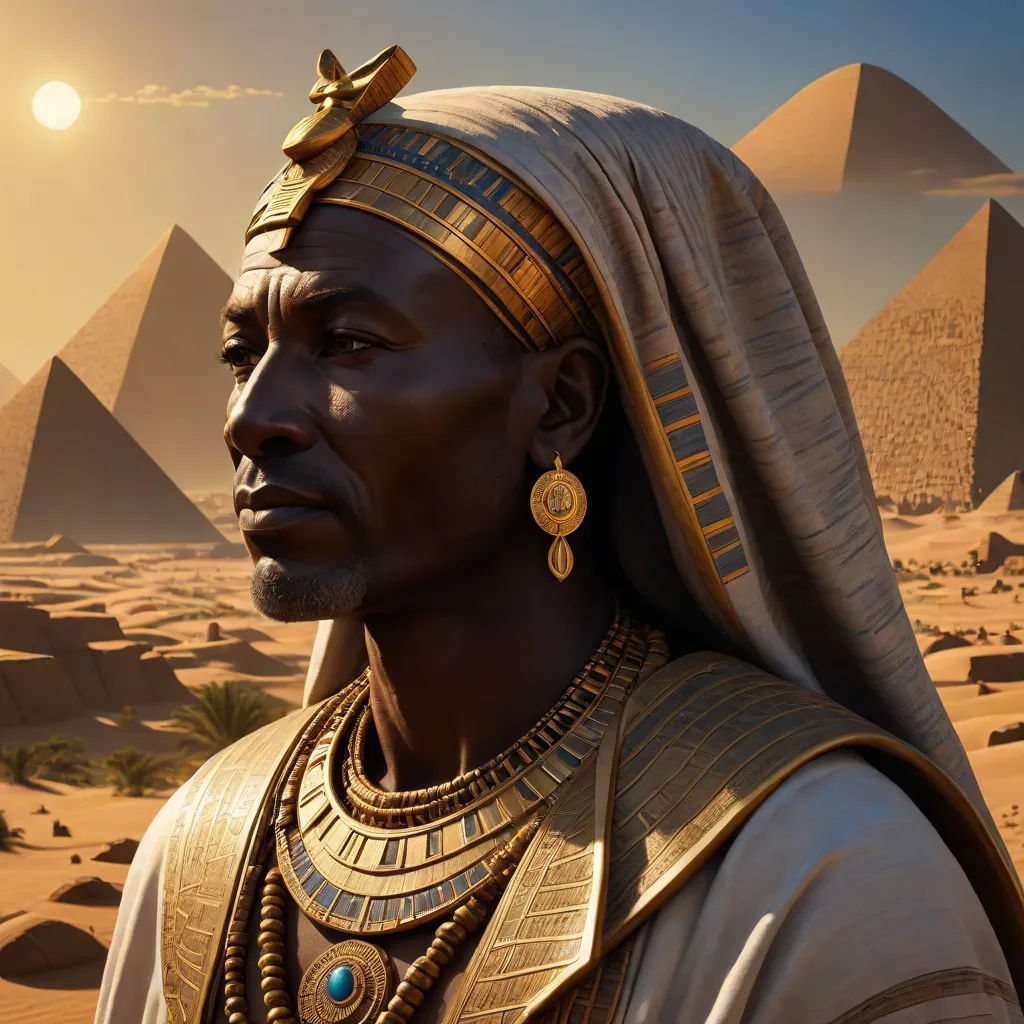
The High Priest stood by the Nile, observing the sun's movement. He was entrusted with the task of maintaining the sacred calendar of Kemet.
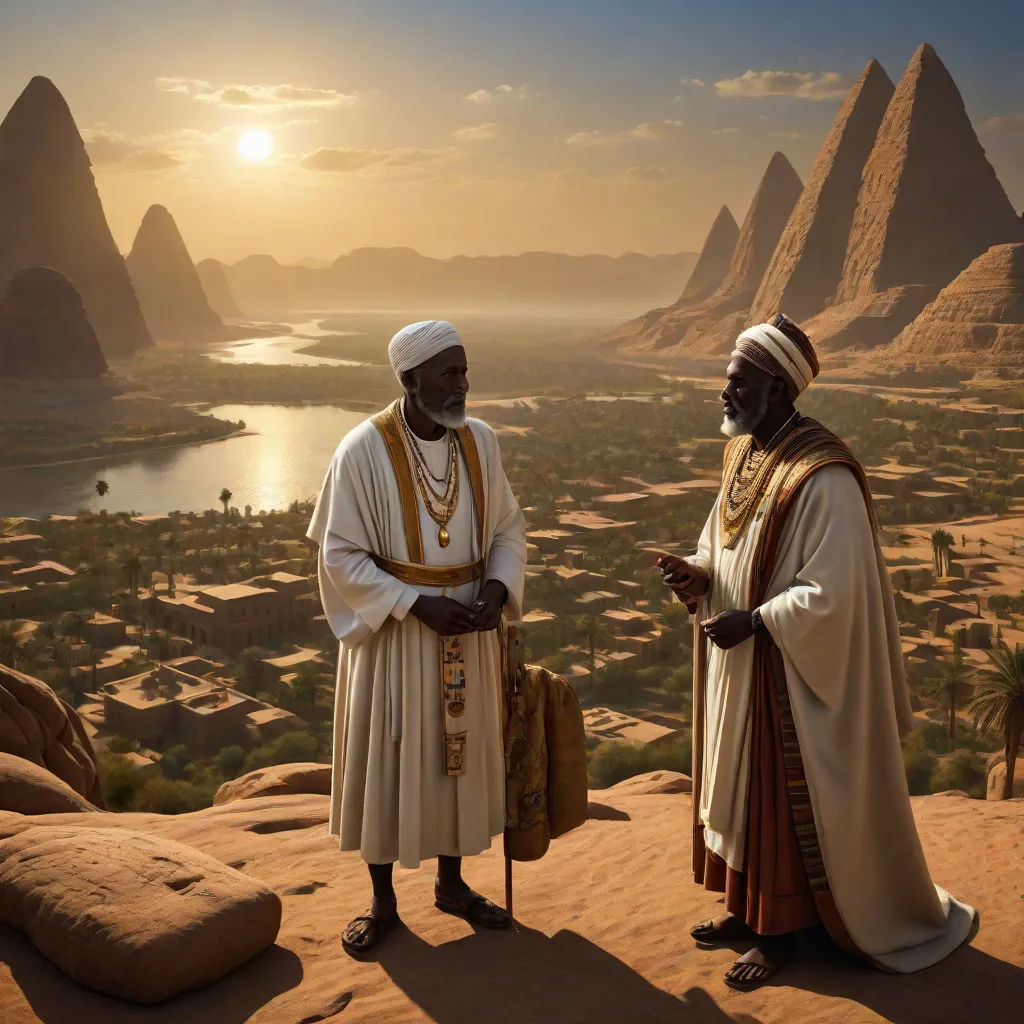
His young apprentice, intrigued by the Priest's work, asked about the importance of the calendar. The Priest began explaining the twelve principles.
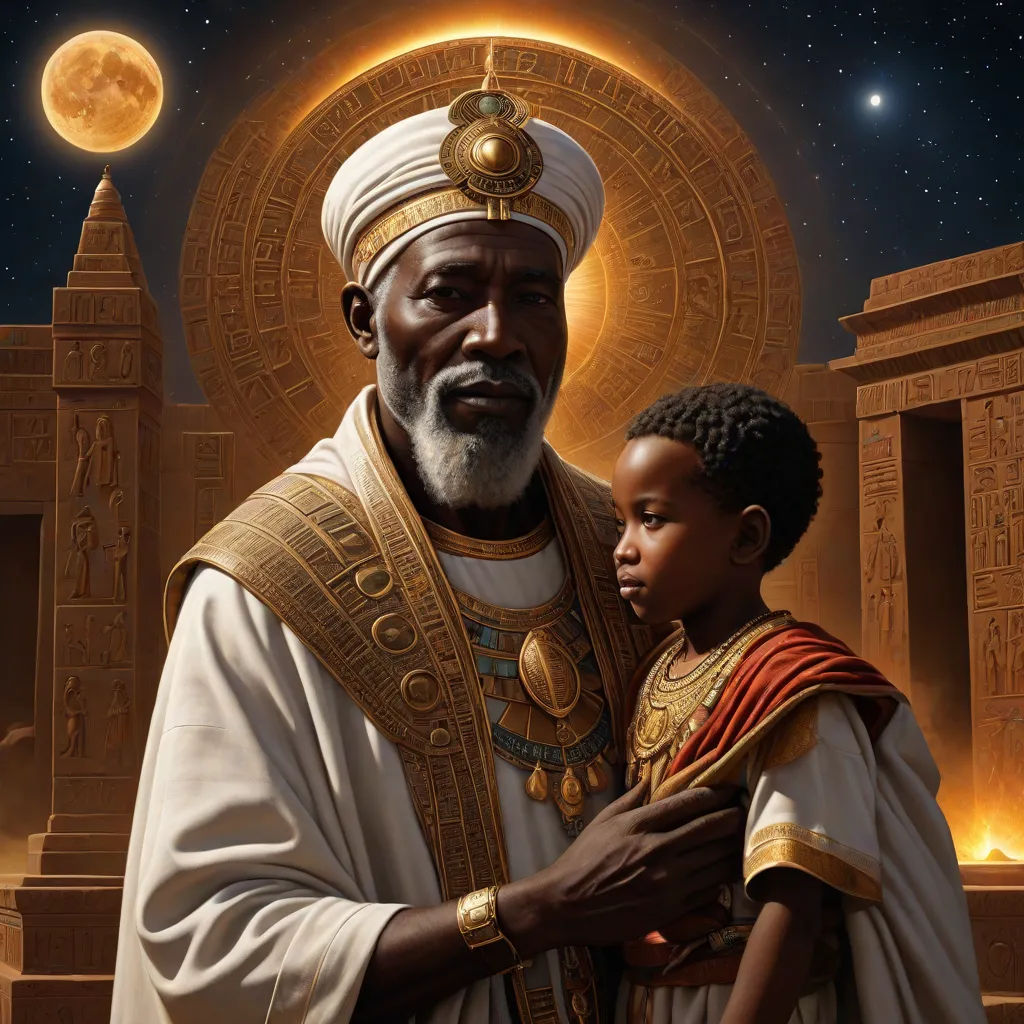
The first three principles, he explained, were tied to the sun, moon, and stars. They represented the celestial rhythms guiding Kemet's agricultural cycles.

The fourth and fifth principles represented the Nile's flooding, crucial for the fertility of the lands. The sixth principle symbolized balance and harmony.
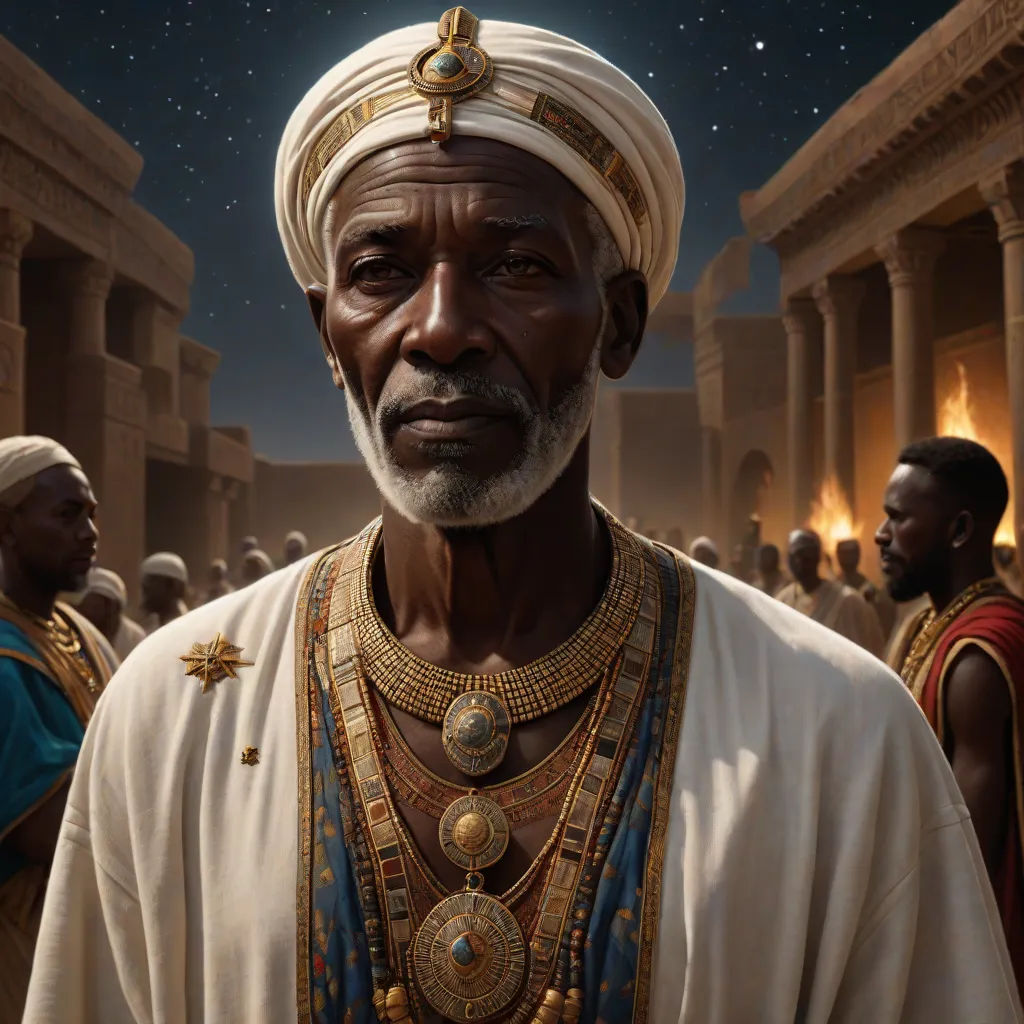
The next three principles represented the three seasons of Kemet - Akhet, Peret, and Shemu, each with its unique significance and festivities.
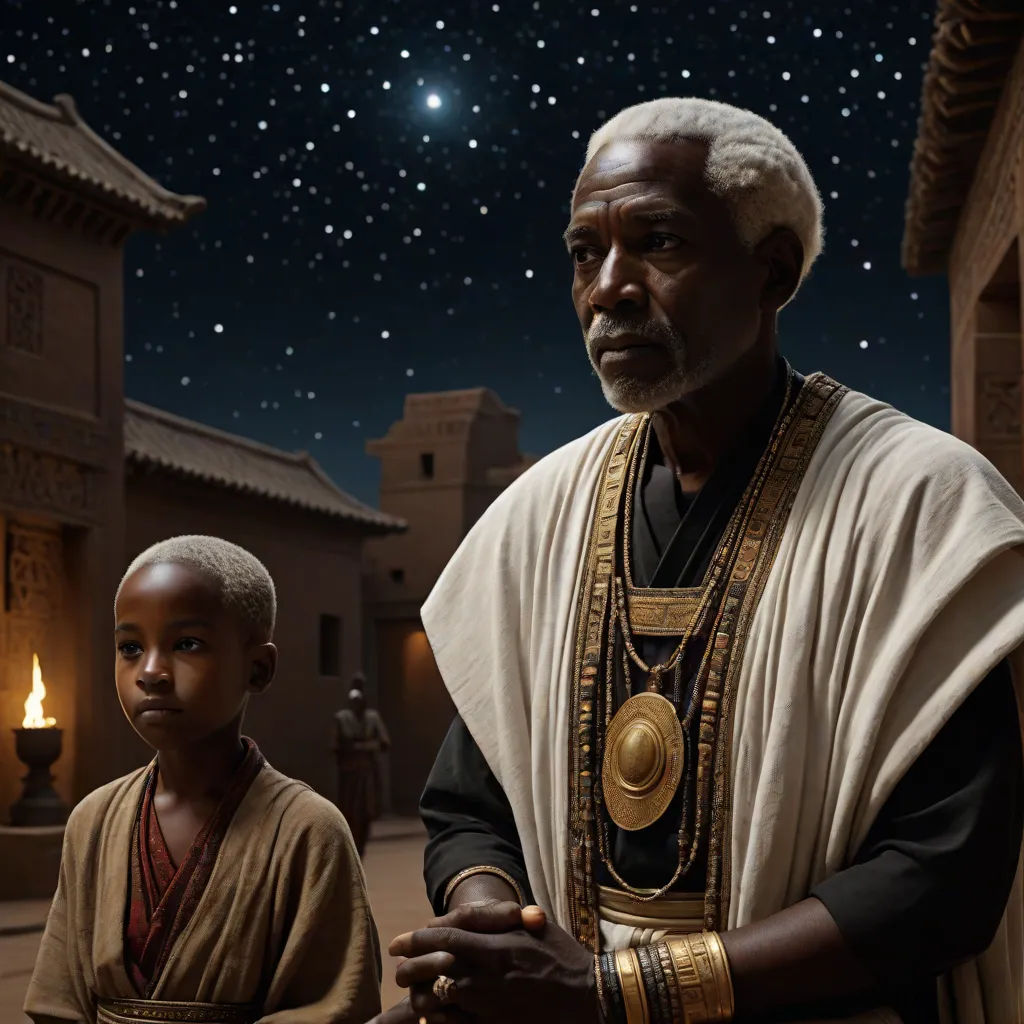
The tenth principle was about time and space, emphasizing the cyclical nature of life. The eleventh principle symbolized the divine and spiritual connection.
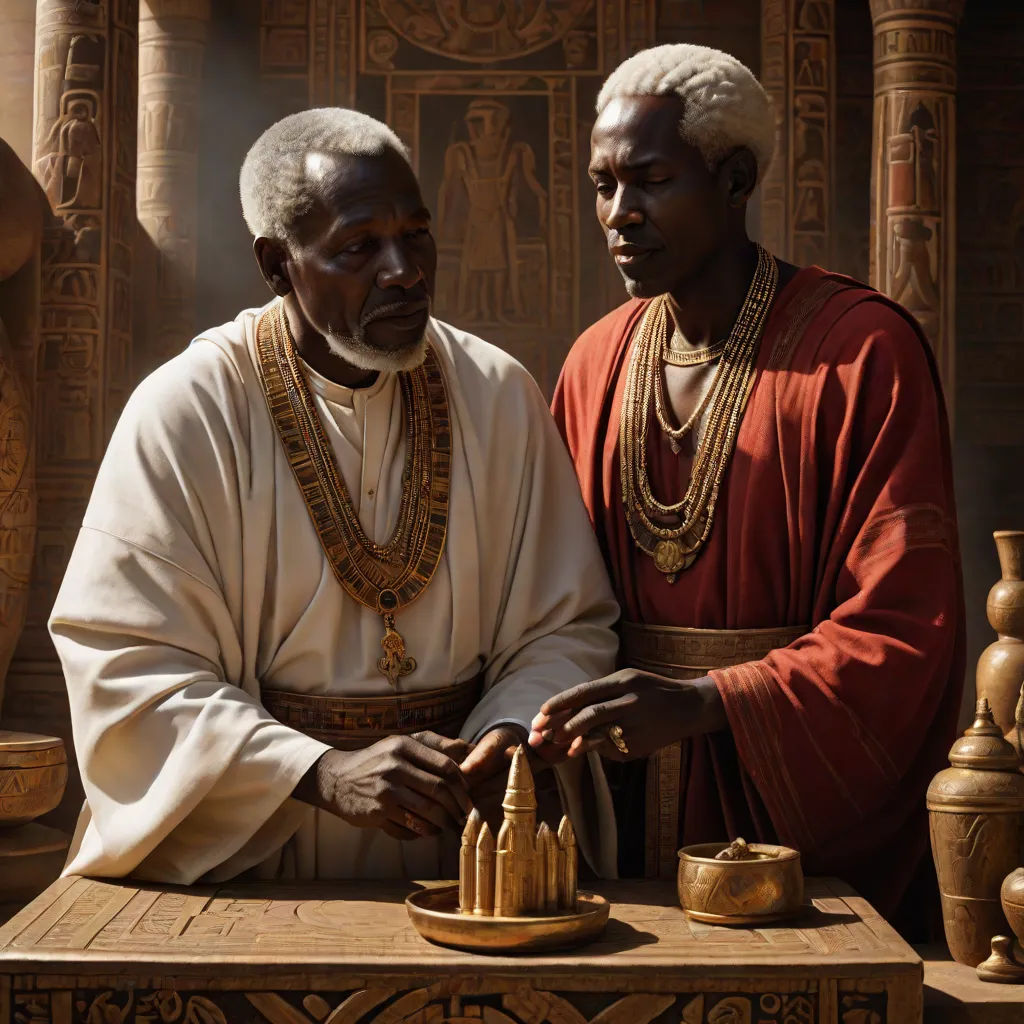
The final principle represented rebirth and renewal, a fundamental belief in Kemet's culture. The apprentice listened, fascinated by this wisdom.

Each principle, the Priest explained, was not just a measure of time but a guide to living harmoniously with nature and the divine.
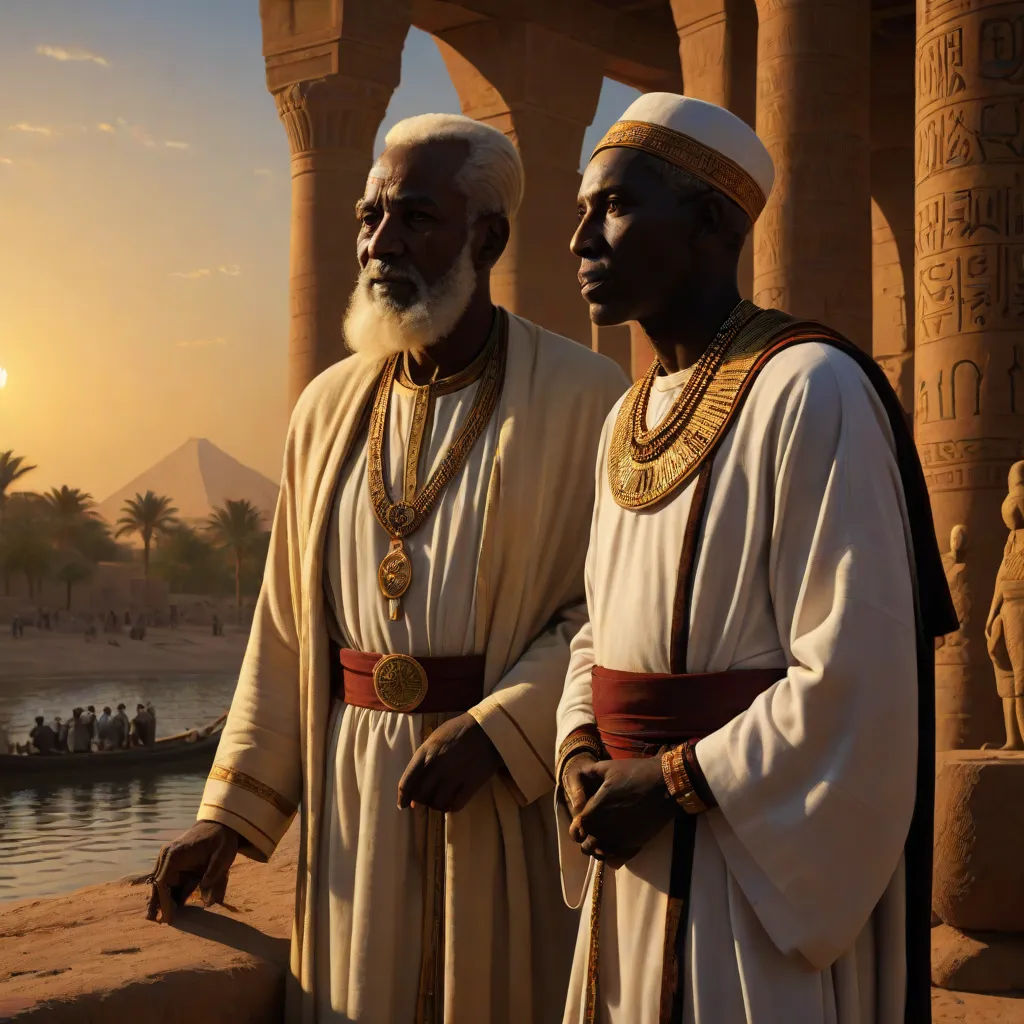
With the setting sun, the lesson ended. The apprentice, now understanding the calendar's importance, felt a deep respect for Kemet's wisdom.
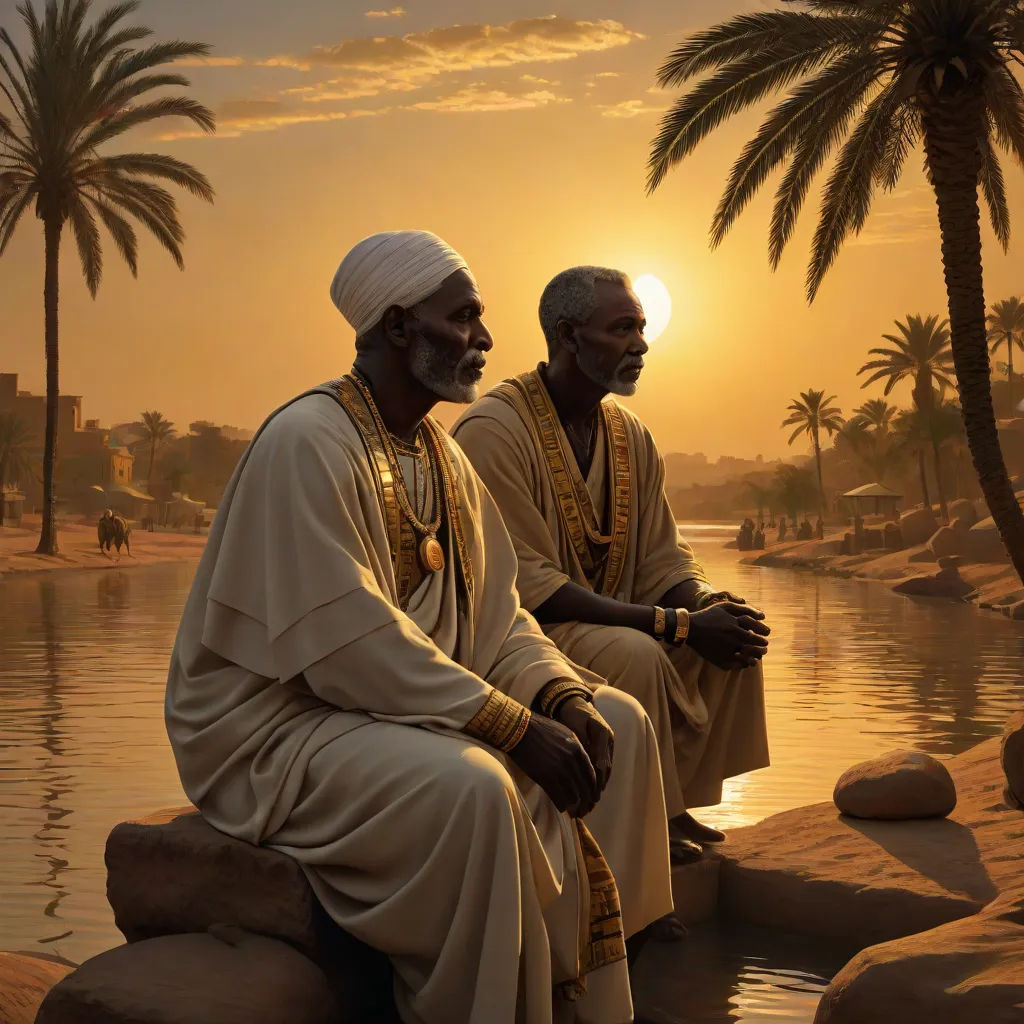
The High Priest, pleased with his apprentice's understanding, believed that the ancient wisdom of Kemet would continue through generations.

The young apprentice, filled with newfound knowledge, promised to honor and uphold the twelve principles, ensuring the legacy of Kemet's calendar.
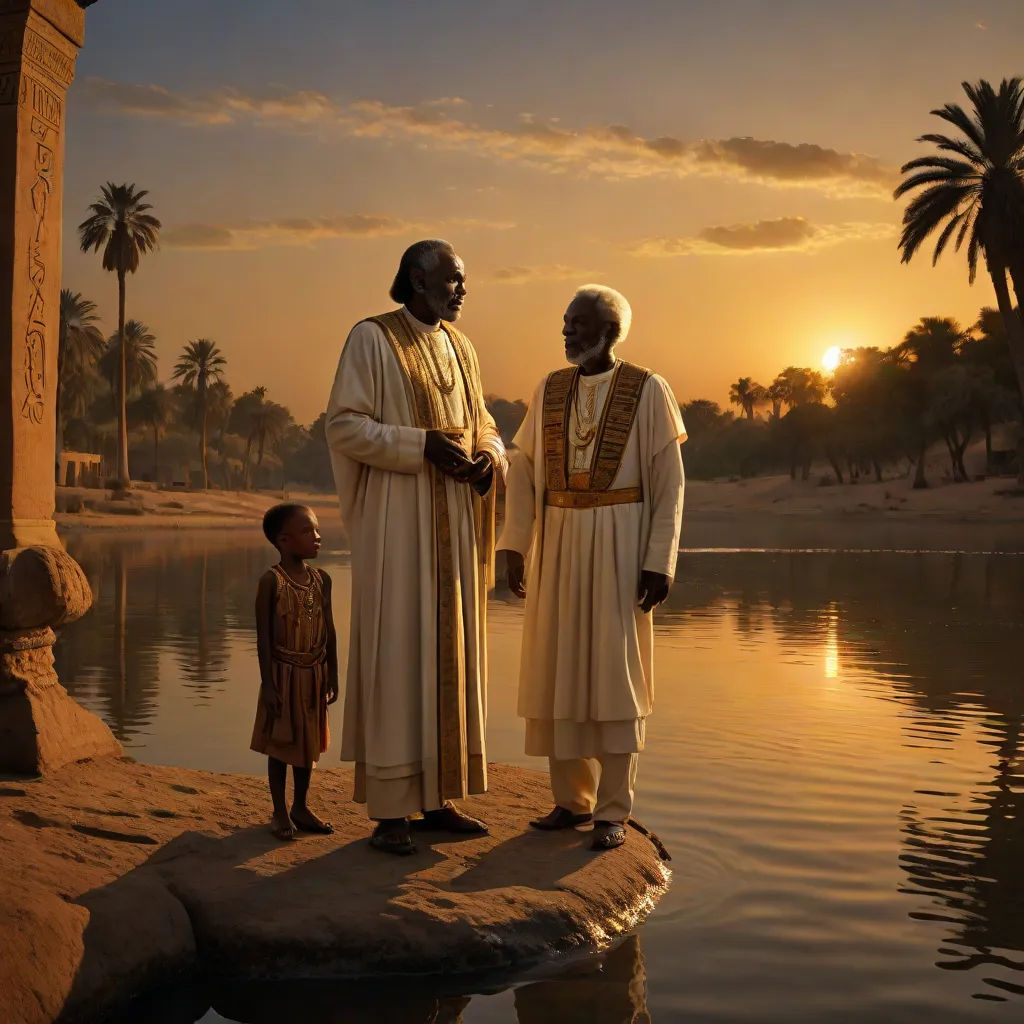
As they stood by the Nile, the ancient land of Kemet silently whispered its timeless wisdom, carried forth by its people and their sacred calendar.